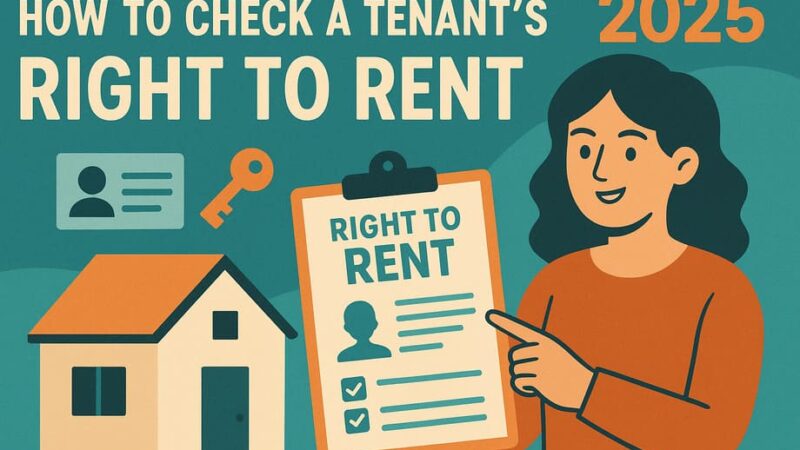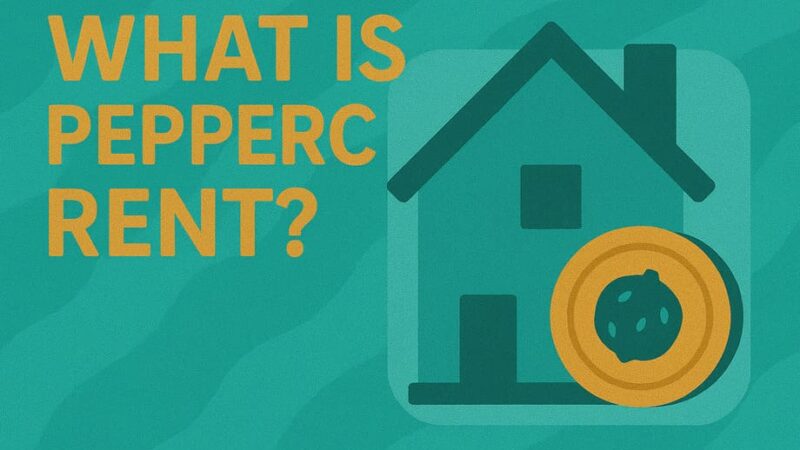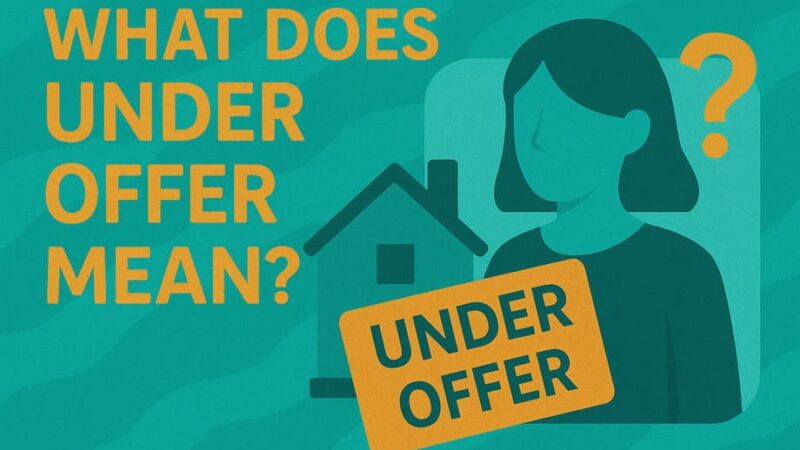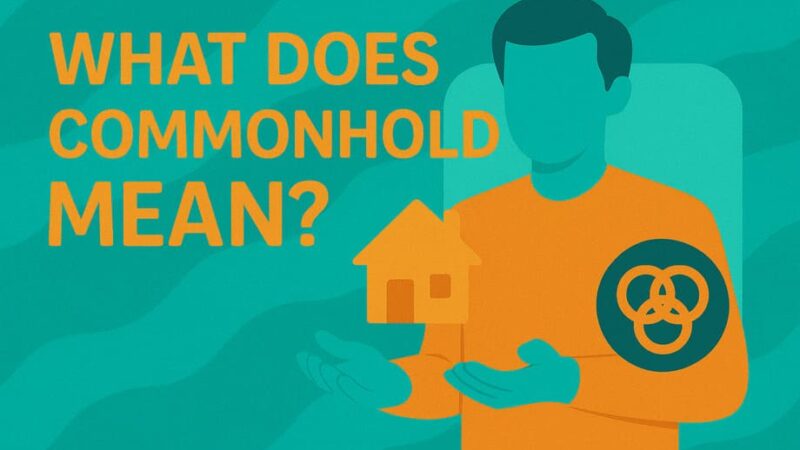How to Do a Rental Property Inspection in the UK (Checklist)

When you’re letting a property in the UK, conducting regular inspections is one of the most effective ways to keep it in good condition, maintain tenant relationships, and avoid costly issues down the line. Whether you’re a landlord or managing on behalf of one, this step-by-step guide and checklist will help you conduct thorough inspections, legally, efficiently, and with peace of mind.
Why Rental Property Inspections Matter
- Prevent major problems: Small issues like a leak or damp patch can become expensive repairs if left unnoticed.
- Ensure tenant compliance: Inspections help confirm that tenants are following agreement terms, no unauthorized guests, pets, or smoking.
- Ramp up communication: It’s a chance to address tenant concerns, safety issues, or maintenance needs before they escalate.
- Staying safe and legal: You can check safety features like alarms, heating, and wiring to ensure everything meets regulations.
When to Conduct Inspections
| Timing | Purpose |
|---|---|
| Move-in / Pre-tenancy | Establish baseline condition with an inventory. |
| Periodic Visits | Every 3–6 months to catch emerging issues. |
| Annual Checks | For compliance, safety, and maintenance review. |
| Pre-Move-Out / Checkout | Compare with starting inventory and finalize deductions or repairs. |
Landlord Property Inspection Checklist (Step by Step)
Use this checklist each time you inspect. It ensures nothing is missed and serves as a reliable record.
- Give Advance Notice
- Inform tenants in writing, typically 24 to 48 hours ahead of your inspection visit.
- Confirm Personal & Property Details
- Note your name, date and time, property address, and people present.
- Safety Check
- Test smoke alarms, carbon monoxide detectors, and fire blankets.
- Make sure meter areas, gas appliances, or fuse boxes are accessible.
- Ensure emergency exits are clear and functional.
- Internal Fixtures & Structure
- Inspect walls, ceilings, floors, skips, and stairs for damage.
- Check windows, locks, doors, and heating systems for proper operation.
- Kitchen & Appliances
- Look over units, sinks, hobs, ventilation, and ensure sockets are safe.
- Confirm appliances and surfaces are in good condition.
- Bathroom & Plumbing
- Check taps, showers, seals, and signs of mould or leaks.
- Ensure electrical ventilation is in good working order.
- Electrical & Plumbing Systems
- Inspect sockets, light switches, water pressure, drainage, and visible wiring.
- Bedrooms & Living Spaces
- Ensure doors open and close properly.
- Check radiators, furniture, carpets, and signs of damage or wear.
- Exterior & Outside Areas
- Assess garden, shed, fences, pathways, gutters, and drainage.
- Note anything needing attention or repair.
- Record Findings
- Take timestamps or date-tagged photos of any issues or necessary repairs.
- Discuss With Tenant
- Walk through your findings together, explain necessary actions, and address any concerns.
- Follow Up
- Create a summary with next steps and send to tenants; update at your next inspection.
After the Inspection
Once completed, document your findings via email or letter and remind tenants of any required actions. If repairs or maintenance are needed, schedule them promptly and optionally follow up with another visit.
Pro Tip
After conducting your inspection, document everything using our free Landlord Property Inventory Template (Word & PDF) to compare conditions effectively and save time on end-of-tenancy evaluations. This helps prevent disputes and supports clarity throughout the tenancy.
FAQ
Why should landlords conduct rental property inspections?
Inspections help identify repairs, ensure tenant compliance, and reduce legal issues.
How often should inspections be done?
They’re typically done at move-in, every 3–6 months, annually, and at move-out.
What should landlords look for during inspections?
Safety devices, fixture condition, plumbing, electrical safety, and outside areas.
Do landlords need to notify tenants before a visit?
Yes, UK tenancy rules require reasonable notice, usually 24 to 48 hours.
What follows after the inspection?
Document findings, share with tenants, and promptly schedule any required repairs.
How-To
Step 1: Notify tenants 24-48 hours in advance of the inspection.
Step 2: Walk the property and use the checklist to record conditions.
Step 3: Test safety features—smoke alarms, locks, heating, wiring.
Step 4: Document issues with date-tagged photos and notes.
Step 5: Review findings with the tenant and clarify responsibilities.
Step 6: Draft a follow-up summary and send to the tenant.
Step 7: Book any needed repairs, then revisit if necessary.
Step 8: At move-out, compare condition to your inspection record and use the inventory template for reference.
Last Updated on September 9, 2025 by James Cartwright







